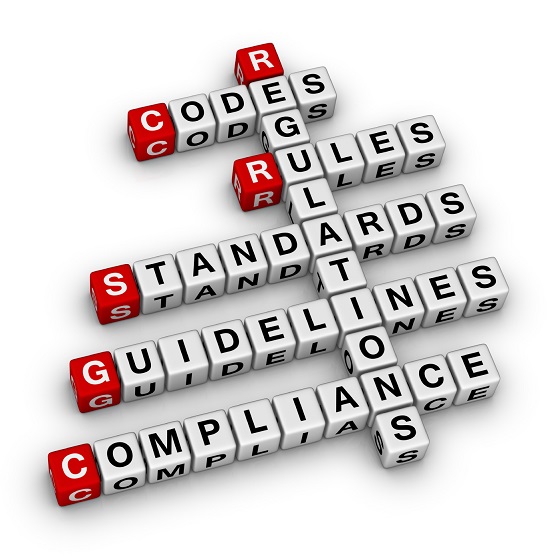
Posted on: November 26, 2019
WIRES® User Group Meeting
Whistlebrook ran a WIRES® user group meeting earlier in November and would like to thank all those who attended. We felt that the meeting was very useful and provided an excellent opportunity to share regulatory knowledge as well as ideas for product enhancement.
Taxonomy 2.9.1
WIRES® will include the changes being introduced by taxonomy 2.9.1.
Some of the COREP forms (including C 02, 05.0 07, 09.04) are being revised with effect from report reference date 31 March 2020. Securitisation templates 12 and 13 will be replaced by 13.01 and 14.01.
Liquidity coverage and ALMM (C 67) are being changed from report reference date 30 April 2020. Following that, FINREP will be subject to revision from 30 June 2020 (timing dependent on a firm’s financial year).
A revised set of EBA validation rules is expected in January.
The severity classifications are being changed such that only two will be applicable. Rules will be either ‘Warning’ or ‘Error’ type. Until taxonomy 2.9.1, rules could be either ‘Blocking’, ‘Non-blocking’ or ‘Warning’. The implication is that the regulator is expecting firms to satisfy the validation checks.
PRA Taxonomy
The XBRL taxonomy 3.3.0 related to Forecast Capital+ is expected to be available from the regulator by the end of January.
CRR2 – Official Journal 2019-150
The Capital Requirements Regulation (CRR2) is mostly effective from 28 June 2021 and will introduce regulatory reporting changes. It is expected that the new requirements will be included in WIRES®. The following items are understood to be of particular importance within CRR2.
‘Small and non-complex’
This category of a firm has been defined.
Net Stable Funding Ratio
- A minimum of 100% for all firms is to be introduced
- The method (either ‘standard’ or ‘simplified standard’) of calculation will be dependent on whether a firm satisfies the definition of ‘small and non-complex’.
Leverage Ratio
A minimum of 3% will apply for all firms subject to CRR2.
SME Exposure Adjustment Limit
The exposure amount upon which the SME supporting factor can be set is being increased from €1.5million to €2.5million. In addition, any excess above this cap can be reduced 15%. The changes affect the factor used to adjust the risk weighted exposure.
Large Exposures
The type of capital used in the upper limit of an exposure and in the definition of ‘large’ is being changed from Eligible to Tier 1.
Counterparty Credit Risk (CCR)
The standardised approach to calculation of the CCR exposure is being altered. There will be three methods:
- Original Exposure Amount (revised)
- Standardised (replacement of Mark to Market)
- Simplified Standardised
Thresholds will apply to the ‘Original Exposure Amount’ and to the ‘Simplified Standardised’ methods.
Prudential Backstop for Non-performing Exposures
A backstop to cover losses from non-performing exposures is to be introduced and be deducted from Common Equity Tier 1 capital. This requirement is to be included in regulatory submissions with effect from 28 June 2021.
Further details are in Official Journal 2019-630.
